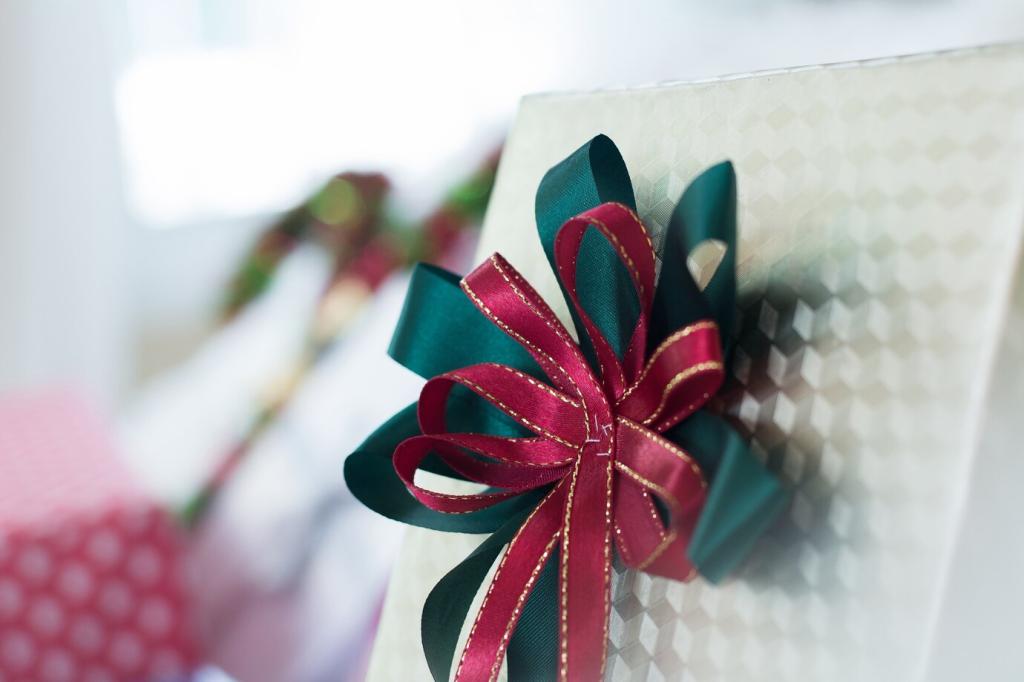Age-Appropriate Ideas and Developmental Milestones
Look for chunky puzzles, stacking toys, storybooks with rhythm, and pretend-play sets. These build vocabulary, coordination, and social imagination. Durable, easy-to-clean materials matter, because curiosity at this age is gloriously hands-on and occasionally messy.
Age-Appropriate Ideas and Developmental Milestones
STEM kits with safe experiments, beginner microscopes, coding board games, and creative art sets work beautifully. Aim for open-ended outcomes, encouraging persistence, measuring skills, and friendly competition without pressure.





